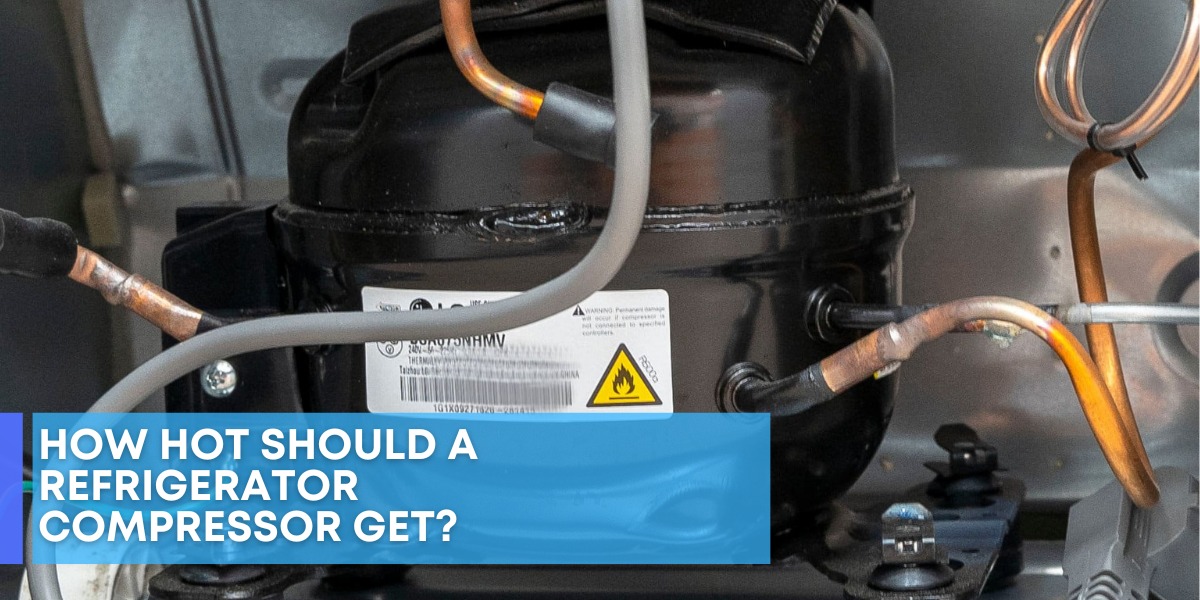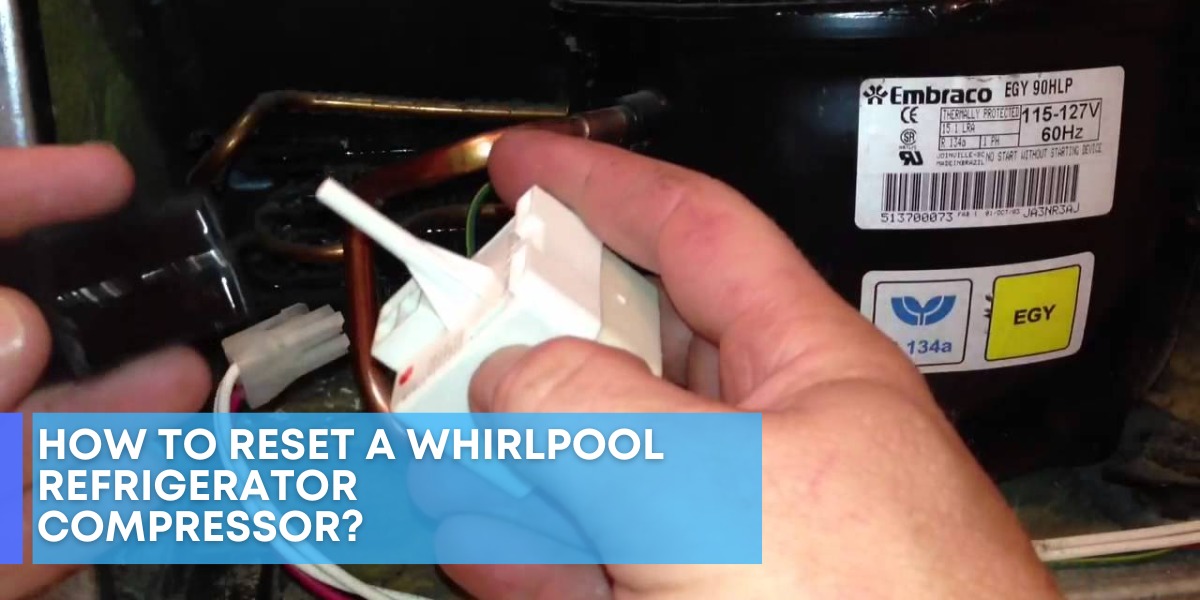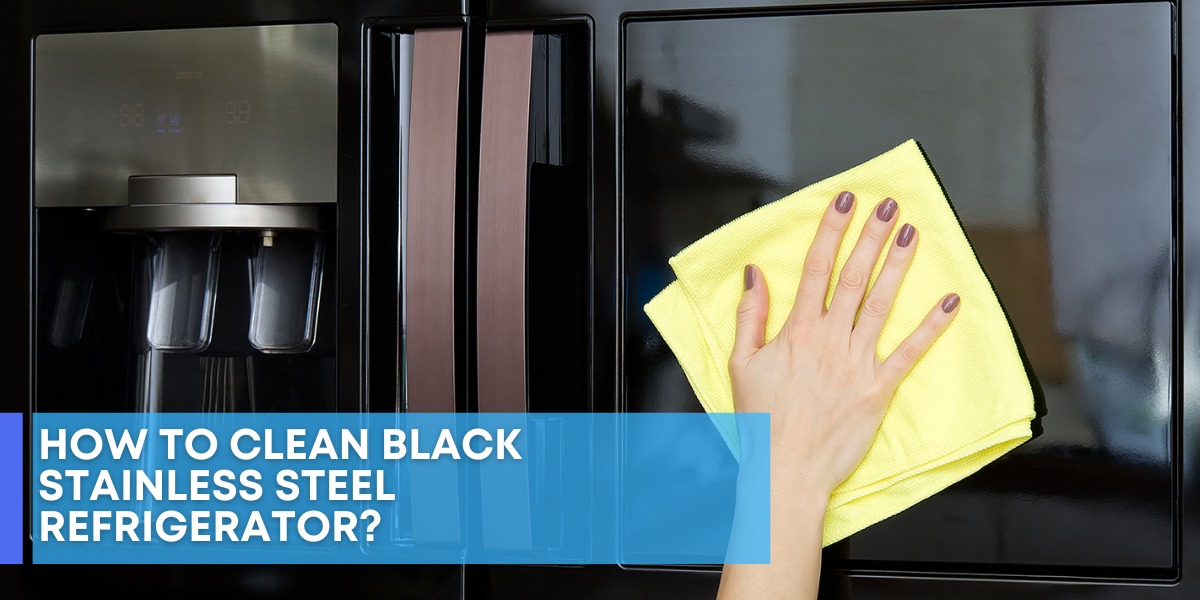Are you tired of finding spoiled food in your refrigerator every time you open it? Does your milk always seem to expire too soon? If so, the temperature of your fridge could be the culprit. Many people don’t realize that having the right temperature setting is essential for keeping food fresh and safe to eat. In this blog post, we’ll dive into what temperature a refrigerator should be set at and how it can impact the longevity of your groceries. So grab a snack (hopefully one that wasn’t stored in an improperly cooled fridge) and let’s get started!

Ideal refrigerator temperatures
The ideal refrigerator temperature is between 32°F and 40°F. Anything lower than 32°F runs the risk of freezing food, while anything higher than 40°F can cause food to spoil. To maintain these temperatures, it’s important to keep your fridge stocked with the proper food and beverages.
Here are a few tips:
- Store raw meat and poultry in the coldest part of the fridge, on the bottom shelf where it can’t touch or drip onto other food.
- Wrap cheese tightly in wax paper or aluminum foil before storing in the fridge; this will prevent it from drying out.
- Place fruits and vegetables in the crisper drawer(s), which are designed to maintain high humidity levels and keep produce fresh longer.
- Don’t overstuff the fridge; good airflow is necessary for proper cooling.
Why these temperatures are ideal?
The recommended refrigerator temperature is between 32°F and 40°F, and the ideal freezer temperature is 0°F. These temperatures are ideal because they keep food fresh without risking spoilage. refrigerators set to warmer temperatures are more likely to spoil food, while those set to colder temperatures run the risk of freezing food.
At Hafixer, we provide comprehensive refrigerator repair services in the UAE. Our team of highly skilled and experienced technicians are adept at diagnosing and repairing all types of refrigerator issues, no matter what the make or model. We also offer preventive maintenance services to keep your fridge running smoothly for years to come.
Whether your fridge is leaking, not cooling properly, or simply needs a tune-up, our experts will be able to help. We understand the importance of having a functional refrigerator in your home or business, which is why we offer prompt and reliable service at all times. Contact us today to schedule a repair appointment.
What happens when a fridge is too cold or too warm?
If your fridge is too cold, your food will spoil more quickly. If your fridge is too warm, your food will spoil more quickly.
How to adjust your fridge’s temperature?
To adjust the temperature of your refrigerator, first identify the correct setting for your fridge. The ideal refrigerator temperature is between 35 and 38 degrees Fahrenheit. To achieve this temperature range, most fridges have a dial somewhere near the center of the appliance with settings that range from “very cold” to “cold” to “warm.”
If your fridge does not have an internal temperature gauge, you can buy a separate fridge thermometer to help you determine the correct setting. Once you know the ideal setting for your fridge, adjust the dial until it is in the correct position. If your fridge is still not cooling properly, check to make sure that the door seals are airtight and that there is nothing blocking the vents.
Tips for keeping your fridge at the ideal temperature
Assuming your fridge has a built-in thermostat, here are some tips for keeping it at the ideal temperature:
- Check the temperature regularly. The average refrigerator should be between 35 and 40 degrees Fahrenheit, but keep in mind that this can vary slightly depending on the model.
- If the fridge is too cold, adjust the settings accordingly. Most fridges will have a knob or dial that you can use to do this.
- If the fridge is too warm, make sure that the door is closing properly and that there aren’t any gaps around it. If there are, seal them up with weatherstripping or another type of sealant.
- Keep an eye on what’s inside. If you have items in there that are prone to spoiling quickly (like milk or eggs), check them regularly to make sure they’re still good.
- Clean it out regularly. Not only will this help prevent foodborne illnesses, but it will also improve airflow and keep the fridge running more efficiently.
The ideal refrigerator temperature
Most experts say the ideal refrigerator temperature is between 32°F and 40°F. Anything lower than that means your fridge is working overtime, and anything higher can cause food to spoil.
How to know if your refrigerator is too cold or too warm?
If you’re wondering whether your refrigerator is too cold or too warm, there are a few things you can check. First, take a look at the thermometer inside your fridge. Most refrigerators have a built-in thermometer that displays the current temperature. If the temperature is below 40°F, your fridge is too cold. Anything above 40°F is too warm.
Next, open up your fridge and check to see if any food has spoiled. If you notice that any meat or dairy products have gone bad prematurely, it’s an indication that your fridge isn’t set to the proper temperature.
Finally, pay attention to how often you have to restock your fridge. If you find that you’re constantly running out of food because it’s spoiling too quickly, it’s likely that your fridge isn’t set to the right temperature.
The consequences of having a refrigerator that is not set to the proper temperature
If your refrigerator is not set to the proper temperature, the consequences can be serious. Food can spoil quickly, and dangerous bacteria can grow.
To keep your food safe, always check the temperature of your refrigerator. The ideal temperature for a refrigerator is between 32 and 40 degrees Fahrenheit.
How to adjust your refrigerator’s temperature?
If you’re wondering how to adjust your refrigerator’s temperature, it’s actually pretty simple. In most cases, there is a dial or slider located near the bottom of the fridge that you can use to control the temperature.
If you’re not sure where this dial is, consult your refrigerator’s manual. Once you’ve found it, experiment with setting it at different temperatures until you find one that suits your needs. Keep in mind that the ideal refrigerator temperature is between 35 and 40 degrees Fahrenheit.
One thing to keep in mind is that the temperature inside your fridge can vary depending on where the shelves are located. For example, items on the top shelf will generally be colder than items on the bottom shelf. So if you find that your food is not staying as cold as you’d like, try moving it to a higher shelf.
Tips for keeping your food fresh in the fridge
When it comes to food storage, your refrigerator is one of the most important appliances in your home. Keeping your fridge at the correct temperature will help ensure that your food stays fresh and safe to eat.
Here are a few tips for keeping your food fresh in the fridge:
- Check the temperature of your fridge regularly. The ideal temperature for a fridge is between 35-40 degrees Fahrenheit.
- Store cooked food in airtight containers. This will help keep it fresh and prevent it from absorbing any unwanted smells from other foods in the fridge.
- Wrap up raw meat tightly before storing it in the fridge. This will help keep it fresh and prevent cross-contamination with other foods.
- Use shallow containers for storing food in the fridge. This will help promote air circulation and prevent spoilage.
- Clean out your fridge regularly. Throw out any expired or spoiled food, and wipe down surfaces to prevent bacteria from building up.
- Maintaining the proper temperature in your refrigerator is an essential part of keeping food safe and preventing spoilage. The ideal temperature for a refrigerator should be between 32°F and 40°F, while the freezer should remain at 0°F or lower. By investing in a high-quality refrigerator thermometer and regularly checking your fridge’s temperatures, you can ensure that all of your food stays fresh and safe to eat.
- aquadj.com











